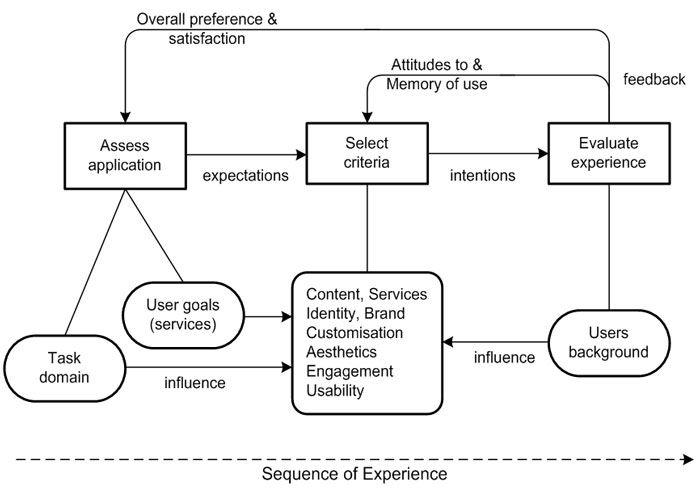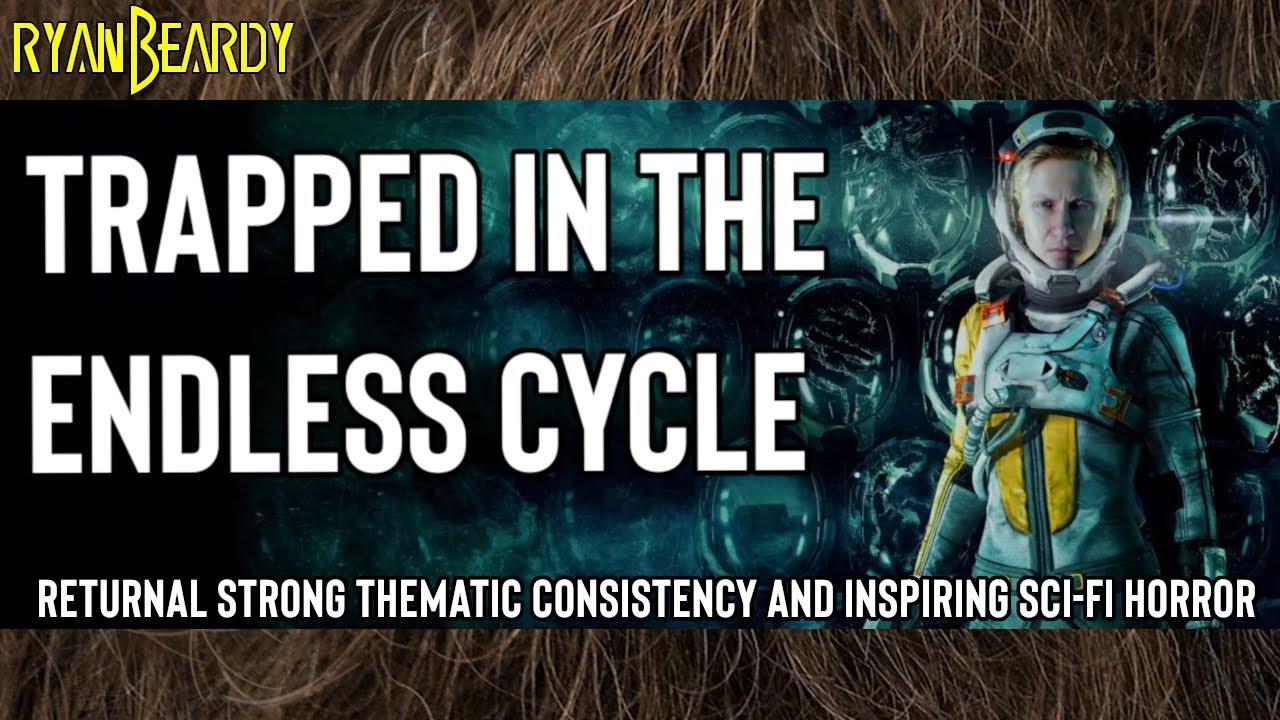Crafting Identity: The Impact of Themes on Websites
In the vast digital landscape, where first impressions are formed in mere seconds, the nuances of website design play a pivotal role in shaping identity. The themes chosen for a site — from color palettes and typography to layout and imagery — are not mere aesthetics; they are powerful storytellers that communicate values, intentions, and the very essence of a brand. As users navigate through the intricate web of online content, the thematic elements serve as a guide, influencing perceptions and interactions in profound ways. This article delves into the dynamic interplay between theme and identity in the digital realm, exploring how thoughtful design choices can forge connections, evoke emotions, and ultimately define an online presence. Join us on this exploration as we uncover the transformative impact of themes on crafting identities that resonate in the hearts and minds of users around the globe.
Table of Contents
- Exploring the Role of Visual Aesthetics in Brand Identity
- Understanding User Experience Through Thematic Consistency
- Leveraging Color Psychology for Enhanced Engagement
- Crafting Authentic Narratives: The Power of Content Themes
- In Summary

Exploring the Role of Visual Aesthetics in Brand Identity
Visual aesthetics play a pivotal role in defining a brand’s identity, as they serve as the first point of interaction between a business and its audience. A well-designed website theme not only enhances user experience but also communicates the essence of the brand. Elements such as color schemes, typography, and imagery work in harmony to evoke emotions and create associations that resonate with visitors. For instance, using warm hues can foster a sense of comfort and trust, whereas bold, contrasting colors might instill energy and excitement. Thus, the choice of visual elements should reflect the brand’s values and personality, ensuring consistency across all platforms.
Moreover, establishing an impactful visual identity goes beyond mere aesthetics; it involves strategic storytelling through design. Brands can utilize icons, graphics, and layouts to convey their mission and narrative succinctly. When looking for inspiration, consider the following aspects:
- Consistency: Maintain a harmonious design throughout all digital touchpoints.
- Relevance: Choose visuals that align with your brand message and target audience.
- Adaptability: Ensure your design is flexible across various devices and screen sizes.
In essence, the synergy between visual aesthetics and brand identity is what captivates an audience’s attention, influences their perceptions, and ultimately drives loyalty. A well-crafted website that reflects a cohesive visual narrative can elevate a brand, setting it apart in a competitive digital landscape.

Understanding User Experience Through Thematic Consistency
Creating a coherent theme across a website is not merely about aesthetics; it is a fundamental aspect of enhancing user experience. A well-designed theme facilitates navigation, allowing users to engage effortlessly with the content. Key elements such as color palettes, typography, and imagery work in tandem to forge an emotional connection with visitors. By ensuring these components resonate with the website’s purpose, designers can cultivate a cohesive identity that reflects the brand’s values. When everything appears harmonious, it invites users to explore further, fostering a deeper relationship with the website.
Moreover, thematic consistency shapes users’ expectations and guides their interactions. By adhering to a clear structure, users can anticipate where to find information, mitigating frustration. This predictability not only enhances usability but also builds trust. Below is a brief overview of how various elements contribute toward a unified user experience:
| Element | Impact on User Experience |
|---|---|
| Color Palette | Evokes emotions and reinforces brand identity |
| Typography | Enhances readability and hierarchy of information |
| Imagery | Visual storytelling that captures attention and conveys messages |
| Layout | Guides user flow and minimizes cognitive load |

Leveraging Color Psychology for Enhanced Engagement
Understanding the nuances of color psychology can be a game-changer in crafting an engaging website identity. Each color evokes distinct emotions and behaviors, which can significantly influence visitor interactions. For instance, blue often instills a sense of trust and calmness, making it a popular choice for corporate websites. In contrast, red can evoke urgency and excitement, ideal for calls to action or sales promotions. By strategically utilizing these colors, web designers can capture attention and guide users towards desired actions.
To further illustrate the influence of color on engagement, consider the following effects of different hues:
| Color | Emotion | Application |
|---|---|---|
| Green | Harmony, Growth | Wellness, Nature |
| Yellow | Happiness, Energy | Creative Industries |
| Purple | Loyalty, Luxury | High-End Products |
By aligning color choices with the core message and goals of the website, designers can create a cohesive aesthetic that not only captivates audiences but also reinforces branding. The thoughtful application of colors can transform a simple webpage into a powerful tool for connection and conversion, driving higher engagement and fostering brand loyalty over time.

Crafting Authentic Narratives: The Power of Content Themes
In the realm of digital storytelling, harnessing the right themes is essential for crafting narratives that resonate with audiences. Themes serve as the foundation upon which brand identities are built, allowing creators to weave complex narratives that engage and inspire. Consistent thematic elements across a website not only enhance visual coherence but also imbue content with a sense of authenticity that fosters trust and loyalty among users. When visitors encounter a website whose theme complements the tone and message of its content, they are more likely to form a connection, paving the way for deeper engagement.
Furthermore, the strategic use of content themes can elevate the overall user experience by creating a harmonious journey throughout the site. By thoughtfully curating elements such as color palettes, typography, and imagery, brands can evoke emotions that align with their narrative objectives. This approach not only aids in storytelling but also guides users intuitively through the website. Consider the following comparisons of theme influences:
| Theme | Impact on User Experience |
|---|---|
| Minimalist | Encourages clarity and focus, reducing distractions. |
| Bold & Vibrant | Conveys energy and passion, stimulating engagement. |
| Soft & Warm | Evokes comfort and trust, inviting exploration. |
In Summary
In the vast digital landscape, every website serves as a canvas, a blank slate waiting to be infused with personality and purpose. As we’ve explored in this article, the themes we choose are not just aesthetic choices; they are the brush strokes that shape our identity in the online world. From color palettes that evoke emotions to layouts that guide the eye, each decision reverberates through the user experience, creating pathways for connection and engagement.
As we retreat from the intricate web of creativity and design, let us remember that our online presence is a reflection of who we are—an ever-evolving tapestry woven with themes that tell our story. Whether you’re a blogger, a business owner, or an artist, the theme you select is the first step in inviting others into your unique narrative.
In crafting your digital identity, consider how every element contributes to the larger picture. With thoughtful selection and intentional design, your website can become a vibrant expression of your mission, values, and vision. As you embark on this journey, keep in mind that the ultimate goal is to foster connections, spark curiosity, and inspire action—embracing the artistry of themes as integral to your online existence. Now, go forth and weave your story into the fabric of the internet, one theme at a time.
